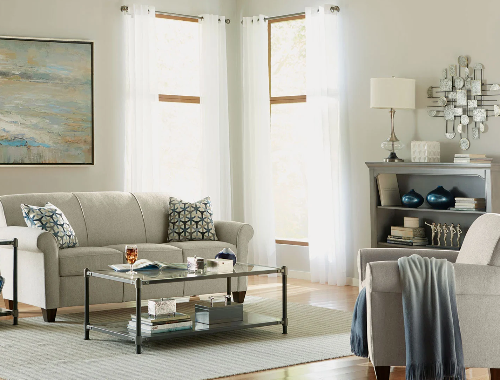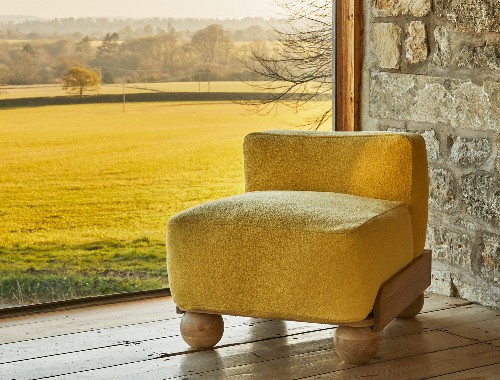
The western Iranian city of Malayer in Hamedan Province was registered as the national hub of furniture making and wood carving three months ago.
At the 26th International Exhibition of Home Furniture, otherwise known as HOFEX 2017, Financial Tribune interviewed one of the major furniture producers of Malayer called Marlik Furniture Production Group to get a clearer image of the furniture industry.
The four-day HOFEX 2017 concluded in Tehran on Aug. 4. The expo was held under the theme of “Furniture Exports, a National Project” with the aim of gaining government’s support to boost exports. More than 400 furniture manufacturers showcased their latest products at the event.
Esmaeil Amini, the managing director of Marlik Furniture Production Group, said Malayer accounts for about 65-70% of Iran’s total furniture production.
According to Amini, over 15,000 people are working in Malayer in the field of furniture making and wood carving.
“You hardly see a family in Malayer whose members are not involved in the furniture industry,” he said.
According to Amini, Malayer is the biggest furniture market in the west of Iran.
Amini, who has 30 years of experience in the business, noted that there are 400 furniture production units in Hajiabad, an industrial town in Malayer, dedicated to furniture making.
“Some 85,000 sets of carved furniture are produced in Iran every year, 50,000 of which are produced in Malayer alone,” he said.
He believes Malayer has great potential for exports considering its geographical position that allows easy transit of goods to other countries and the high quality of its products.
Referring to the presence of foreign products in the Iranian furniture market, Amini said imports, mainly from Turkey, Italy and China, have a 20-30% share in the domestic furniture market.
Interestingly, Marlik Furniture Production Group provides its customers with loans of up to 600 million rials (over $15,000) to raise their purchasing power.
Technology-Driven Industry
As the development of furniture industry is heavily dependent on up-to-date technology and equipment, Iranian furniture producers faced many problems after international sanctions imposed on Iran over its nuclear program prevented the import of technology, Mahmoud Hosseinpour, the managing director of Honarvaran Furniture Gallery, said on the sidelines of the Tehran exhibition.
Hosseinpour believes Iranian furniture producers are very talented and can produce high-quality products compared to their foreign counterparts, but unfortunately the absence of latest technology and domestic barriers such as high import tariffs and heavy taxes have not allowed them to reach their full potential.
He added that producers, inevitably, have to import raw materials for furniture making since Iranian raw materials in this industry are of low quality, which eventually leads to subpar products and dissatisfaction of customers.
In this regard, high import tariffs set by the Islamic Republic of Iran Customs Administration have done a number on producers, as heavy costs are inflicted on them.
Trade, Employment
Hosseinpour noted that furniture exports are not considerable since Iranian furniture cannot compete with foreign furniture in terms of price.
“Quality is not an issue but because Iranian producers have to raise their end prices to make up for their relatively high costs, they lose out to their rivals in foreign markets,” he explained.
According to Abdolhossein Abbasi, the head of Carpenters and Furniture Producers Union, Iran exported $9 million worth of furniture in the last fiscal year (March 2016-17), while imports stood at $16 million, registering a $2-million and $7-million decline in exports and imports respectively year-on-year.
Abbasi said the main reason for the decline lies in the issue that the regional countries are not stable and neighboring countries are overshadowed by war, IRNA reported.
According to Hosssein Norouzi, the managing director of Persia Furniture Industry Pioneers Company and organizer of HOFEX 2017, Iran’s furniture industry has an 8% share in the country’s total employment, the Persian weekly Eqtesad-va-Namayeshgah reported.
Global furniture production, according to IRNA, was estimated to be worth around $437 billion in 2015.
Trade in this industry stood at $147 billion during the year. Asia had a 30% share in the furniture trade, China alone garnered a 20% share while Iran held a 2% share.
(Source: financialtribune.com)



























 沪公网安备31010402003309号
沪公网安备31010402003309号